
Hestia
What is a Sacrificial Flame in Greek Mythology? To prevent any possible misinterpretations, it should be clarified that Hephaestus is indeed the god of fire in Greek religion. However, Hestia rules specifically over the sacrificial flame of a hearth. In ancient Greece, a hearth was a crucial aspect of any home.
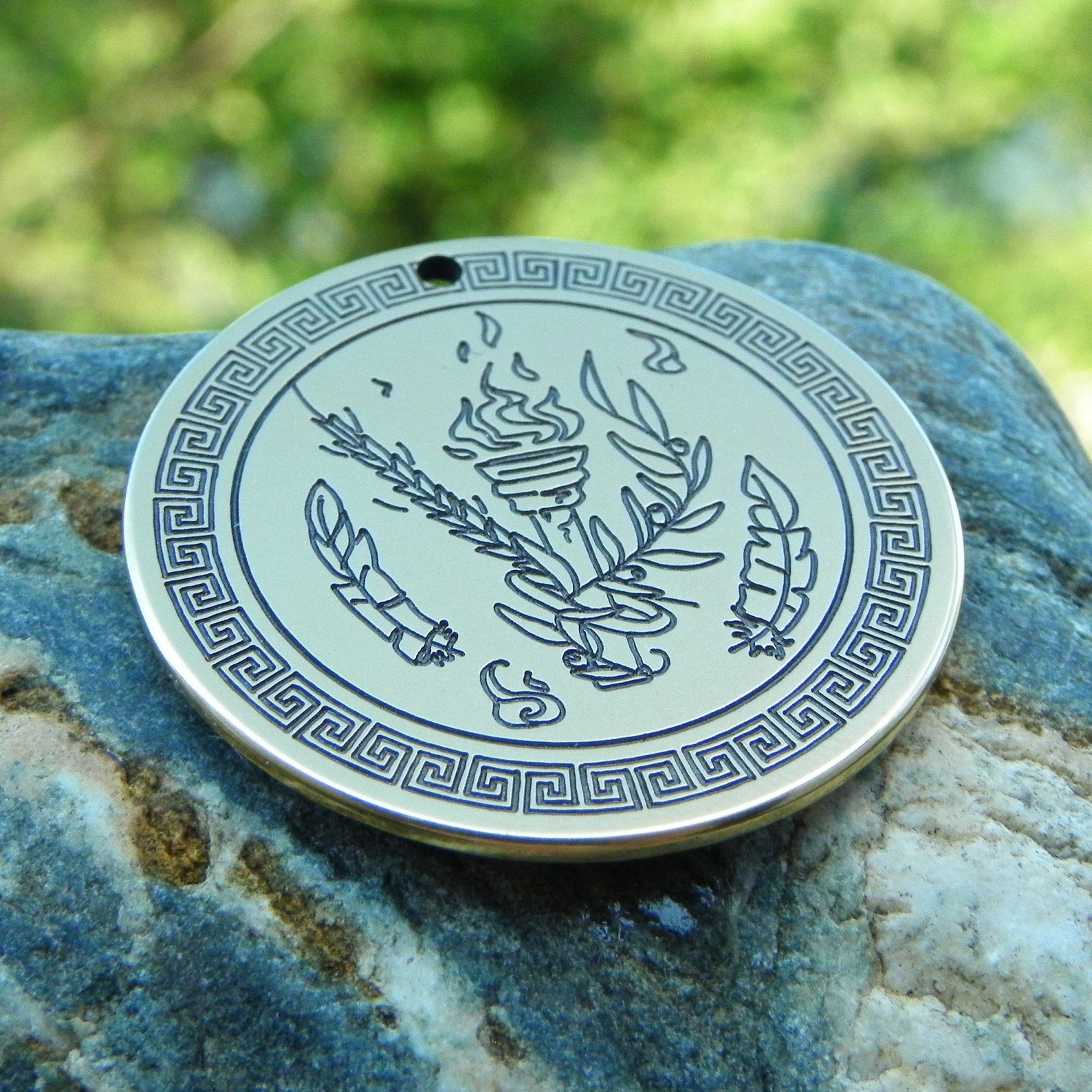
Hestia symbols pendant. Hearth Home comfort. Wheat and Olive Etsy
Hestia Greek Goddess of the Hearth and Domestic Life Hestia was the goddess of the hearth, home, architecture, domesticity, family, and the state. She was one of only three virgin goddesses, next to Athena and Artemis.

Pin on simbolos
1.What is Hestia? Hestia is the ancient Greek goddess of hearth, home, and family. She is typically depicted as a woman wearing a simple white robe and a scarf on her head. Hestia is an important figure in Greek mythology and is often seen as a symbol of strength, protection, and devotion to one's family and home.
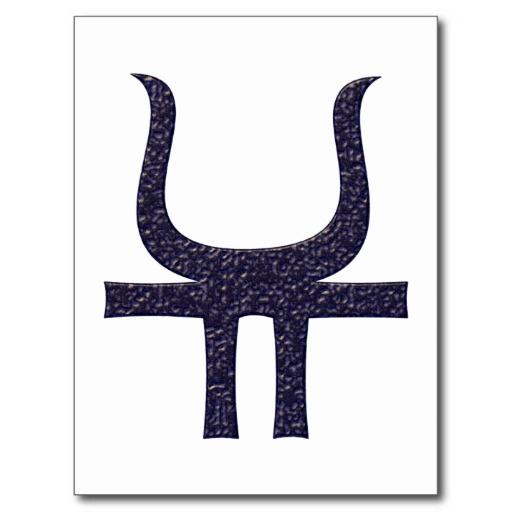
Image Hestia symbol.jpg GreekGoddesses Wiki Fandom powered by Wikia
The link will appear on your website as: Greek Goddess Hestia Symbols, Sacred Animals and Plants - SymbolsAndMeanings.Net, May 12, 2021 Read our post on Hestia, the goddess of the hearth, home and family life in Greek mythology including all Hestia symbols, sacred animals and plants here.

'Hestia inspired cabin symbol' Canvas Print by SaintNightshade
Hestia: The Greek Goddess of the Hearth (Symbols & Facts) Hestia, also known as the Greek Goddess of the Hearth, is a figure of profound significance in ancient Greek mythology. Often overshadowed by more flamboyant deities, her role is nonetheless pivotal, representing the home's warmth and the family's unity.

Hestia Mythology, Greek mythology, Drawings
Hestia's Symbol: A Guide to Meaning and Symbolism (2023) What is Hestia's Symbol? While many of the gods of Greece had elaborate iconography, the few images of Hestia are as unassuming as the goddess herself.

Pin by Kasey Dynneson on Hestia's Symbol Goddess tattoo, Greek
Hestia Hestia was the goddess of the hearth, home, domesticity, family and state. The very name Hestia means hearth, fireplace or altar. She had to do with the affairs of the family and the home but also with the civic affairs. In ancient Greece, her official sanctuary was in the prytaneum, the public hearth of the city.
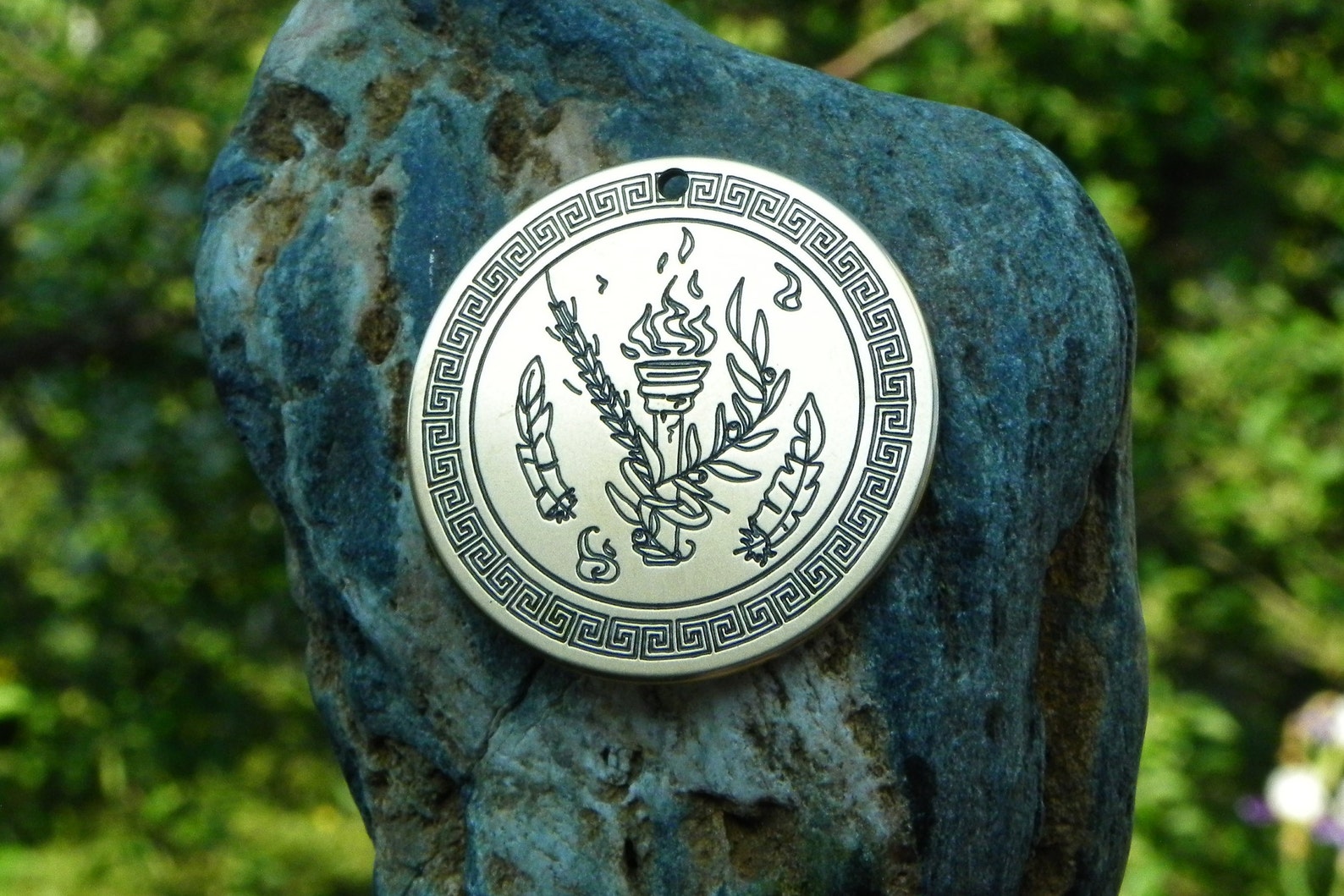
Hestia Symbols Pendant. Hearth Home Comfort. Wheat and Olive Etsy Ireland
1. Rarely Depicted in Art Unlike other deities, images of her are rare in ancient Greek art. Her essence was often captured through symbols like the hearth and fire rather than physical representations of herself. 2. Never Took Part in Conflicts

Hestia Print, Greek Goddess of the Hearth Greek mythology, Greek
April 6, 2023 by Liz Turnbull Hestia, the Greek Olympian Goddess of the sacred fire, was once known as "Chief of the Goddesses" and "Hestia, First and Last". She was among the most influential and widely revered of the Greek goddesses. Table of Contents A Goddess That Appreciated Her Peace Hestia's History A Choice To Lead An Untroubled Life

Hestia Symbol
Worship and Honor of Hestia Other Symbolism Civic Affairs Sacrificial Flames Chastity Symbolism Protection of Hestia Royal Hearth at Mount Olympus Portrayal of Hestia Worship and Rituals Around Hestia The Hearth's Importance in Greek Like The Goddess of Family Life Hestia's Legacy in Greek Culture Hestia Symbol in Greek Mythology

Hestia Hestia Tapestry TeePublic
The typical symbols of Hestia are fire, cows, and pigs. Unlike other Olympian deities, the worship of Hestia was not extensive in ancient Greece, featuring in a few places such as Sparta and Ermioni. The Roman equivalent of Hestia is Vesta.

Hestia symbol Hestia Cabin Pinterest Entrance, Cgi and Tattoos
A Closer Look Appearance: A sweet, modestly dressed young woman. She often is shown wearing a veil. This is not unusual. Veils were common among ancient Greek women. Her symbol or attribute: Her symbol was the hearth and the tamed fire that burns there. She is said to tend it faithfully.
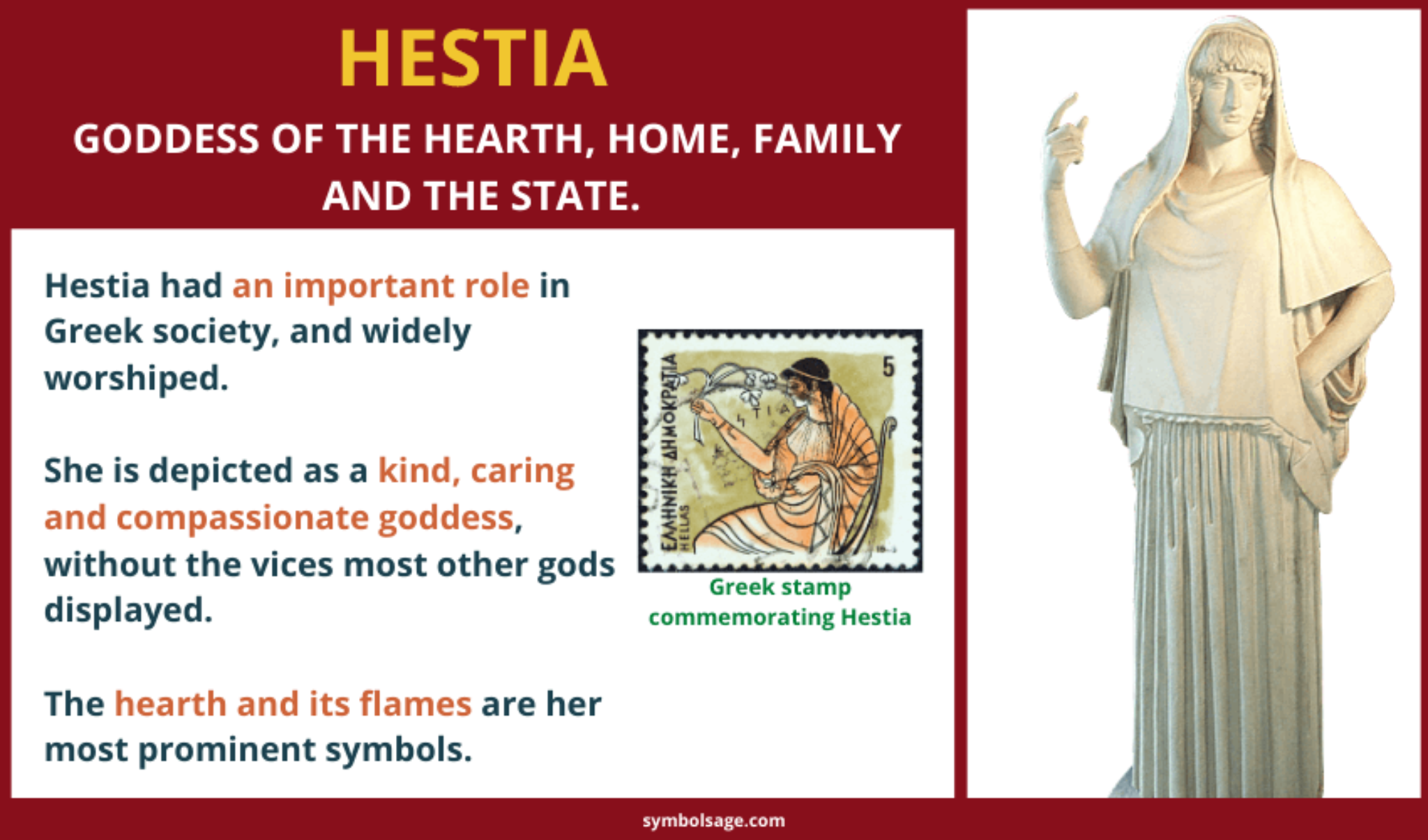
Hestia The Greek Goddess of the Hearth Symbol Sage
Mythology Origin Hestia holding a branch of a chaste-tree, red-figure kylix, attributed to Oltos, Tarquinia National Museum. Hestia is a goddess of the first Olympian generation. She is the eldest daughter of the Titans Rhea and Cronus, and sister to Demeter, Hades, Hera, Poseidon, and Zeus.

Pin su Greek mythology
Hestia's Symbols. The Hearth is undoubtedly Hestia's most important symbol. It is the focal point of the dwelling, where the sacred fire is kept blazing. The fireplace represents stability, warmth, and the coming together of one's family and community. Hestia's holy fire is an important symbol for her.

Hestia, goddess of the hearth by Elisa Tulli Greek goddess art
Hestia's Symbols: The Hearth and Flame Hestia's Roles And Responsibilities Play Hestia's Games Myths about Hestia Hestia's Vow of Virginity The Role of the Vestal Virgins Hestia In Ancient Greek Religion Sites or Temples Sacred to Hestia Worship and Festivals The Vestalia Festival Representations Of Hestia In Art Mentions in Ancient Texts
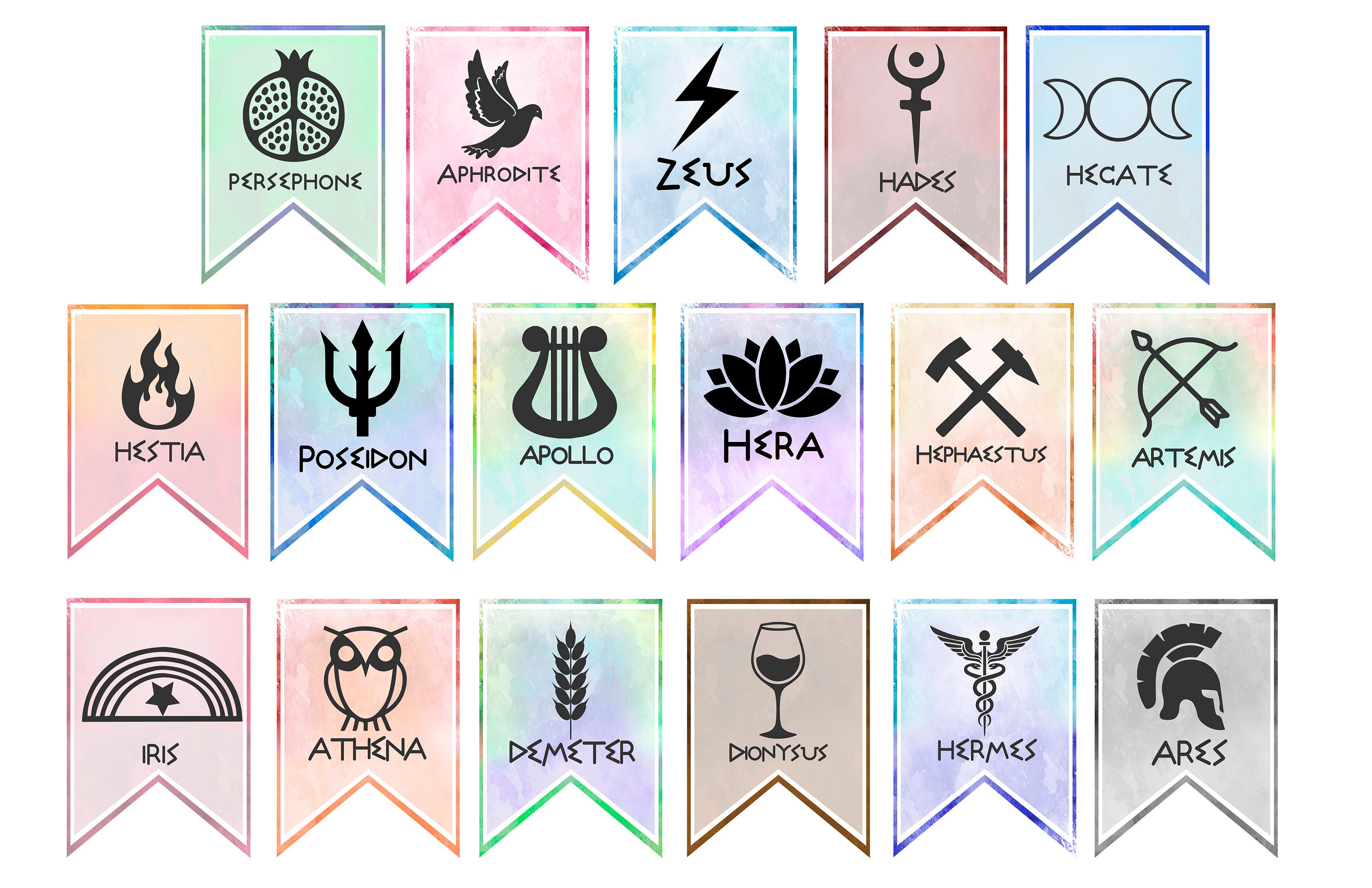
Hestia Goddess Symbols
Hestia is the Greek goddess of the hearth, one of the original Twelve Olympians. Cronus ' and Rhea 's first-born child, she was pure and peaceful. However, since she always had to stay at home, tending the fireplace, Hestia is not involved in many myths. Consequently, at a later stage, she would be replaced in the Pantheon with the much.